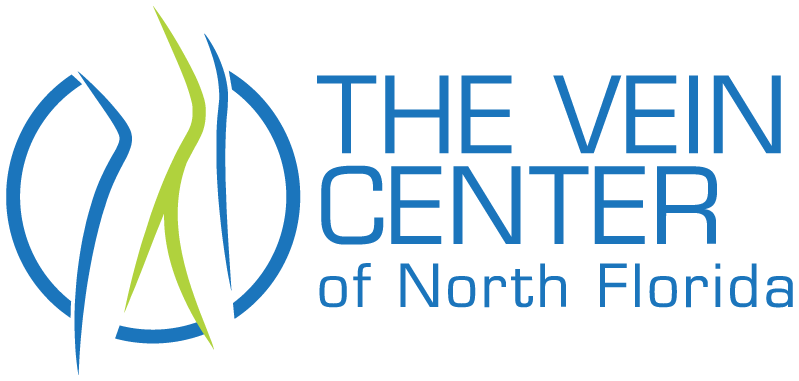
 Vein disease affects 80 million people in the USA. Contractions of the heart propel fresh blood through the arteries, while our veins bring blood back to the heart. It is easy for the arteries to bring blood downstream to our legs and feet, but much harder for our veins to deliver it back up against forces of gravity and with no assistance from the heart.
Vein disease affects 80 million people in the USA. Contractions of the heart propel fresh blood through the arteries, while our veins bring blood back to the heart. It is easy for the arteries to bring blood downstream to our legs and feet, but much harder for our veins to deliver it back up against forces of gravity and with no assistance from the heart.
To resolve this problem, we have significantly more veins in our legs than arteries. Additionally, all of these veins contain hundreds of valves allowing blood to flow only in one direction…upstream, and not letting this blood go downstream.
The purpose of this procedure is to seal the diseased vein so blood is able to travel through healthy veins. Venous ablation involves inserting a flexible tube (catheter) into the vein and sealing it shut using medical adhesive. Eventually, the diseased vein will shrink and be absorbed by the body. This minimally invasive procedure involves little to no pain and has a very quick recovery time.
In this procedure, an ultrasound machine, vascular catheter, radiofrequency electrode and console are used. A topical anesthetic cream is rubbed over the abnormal vein area before the procedure in order to reduce discomfort. The leg being treated will be cleaned, sterilized, and covered with a surgical drape. The area where the catheter will enter into the abnormal vein is injected with local anesthetic. The ultrasound transducer or wand is used to locate and study the vein and track its path, and local anesthetic is injected around the abnormal vein.
A very small skin incision is made at the site. Using ultrasound guidance, a catheter or vascular access sheath is inserted through the skin and positioned within the abnormal vein. The radiofrequency electrode is inserted through the catheter and the tip of the electrode is exposed by pulling the catheter back slightly. Radiofrequency energy is applied heating the vessel and causing it to close. Following the procedure, the faulty vein will shrink and “scar down” as the catheter is slowly withdrawn.
This minimally invasive procedure is performed using a catheter and ultrasound guidance. The disease superficial vein will be numbed at the access site prior to the catheter being inserted. You may feel some pressure when the catheter is placed in the leg. The catheter will be placed along specific areas of the diseased vein to deliver small amounts of the medical adhesive, which may create a sensation of pulling or tugging.
After treatment, the catheter is removed and a bandage is placed over the puncture site. There is no need for compression after this procedure.
During your consultation, we will discuss each procedure with you in-depth so you are better able to decide which is best for you.